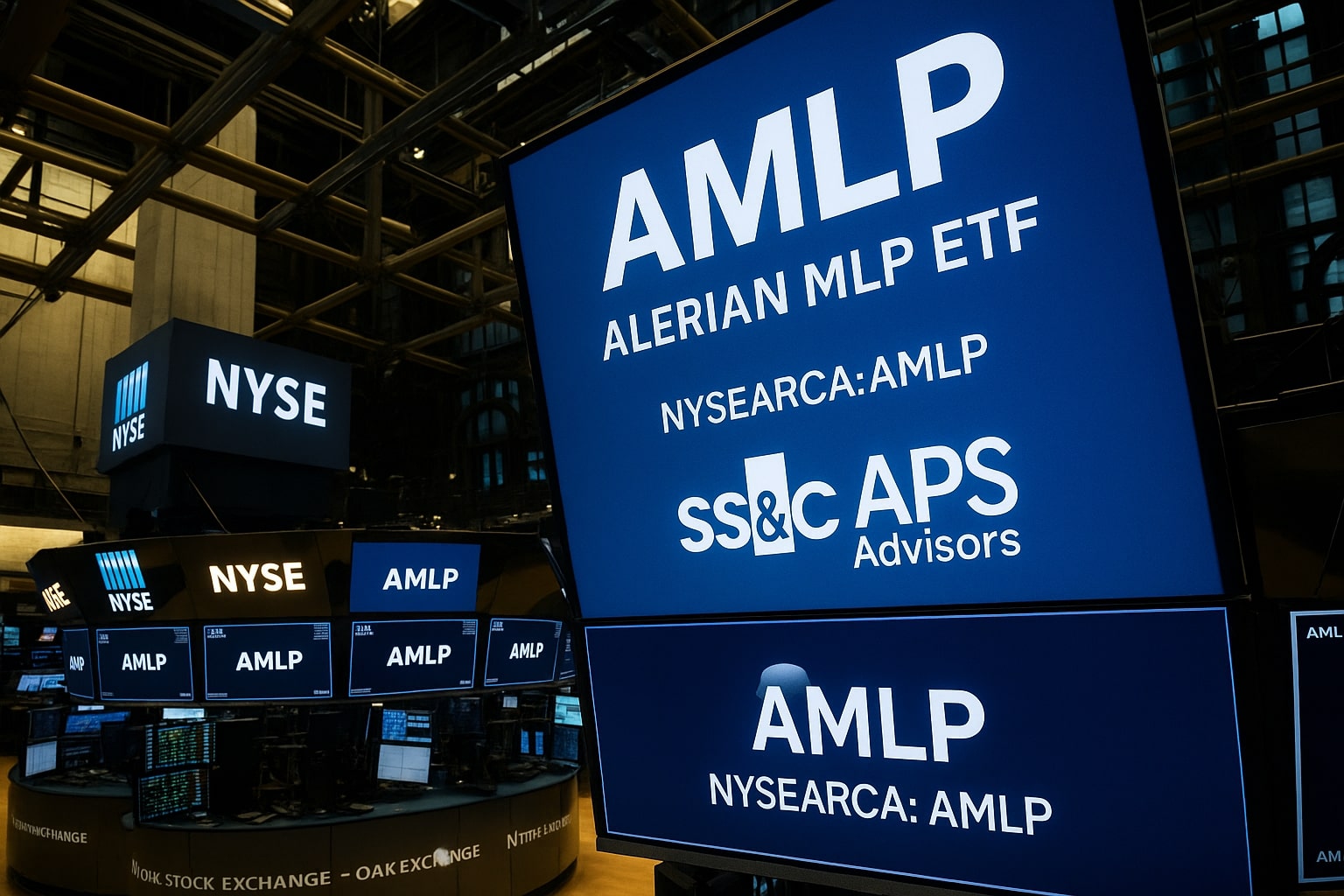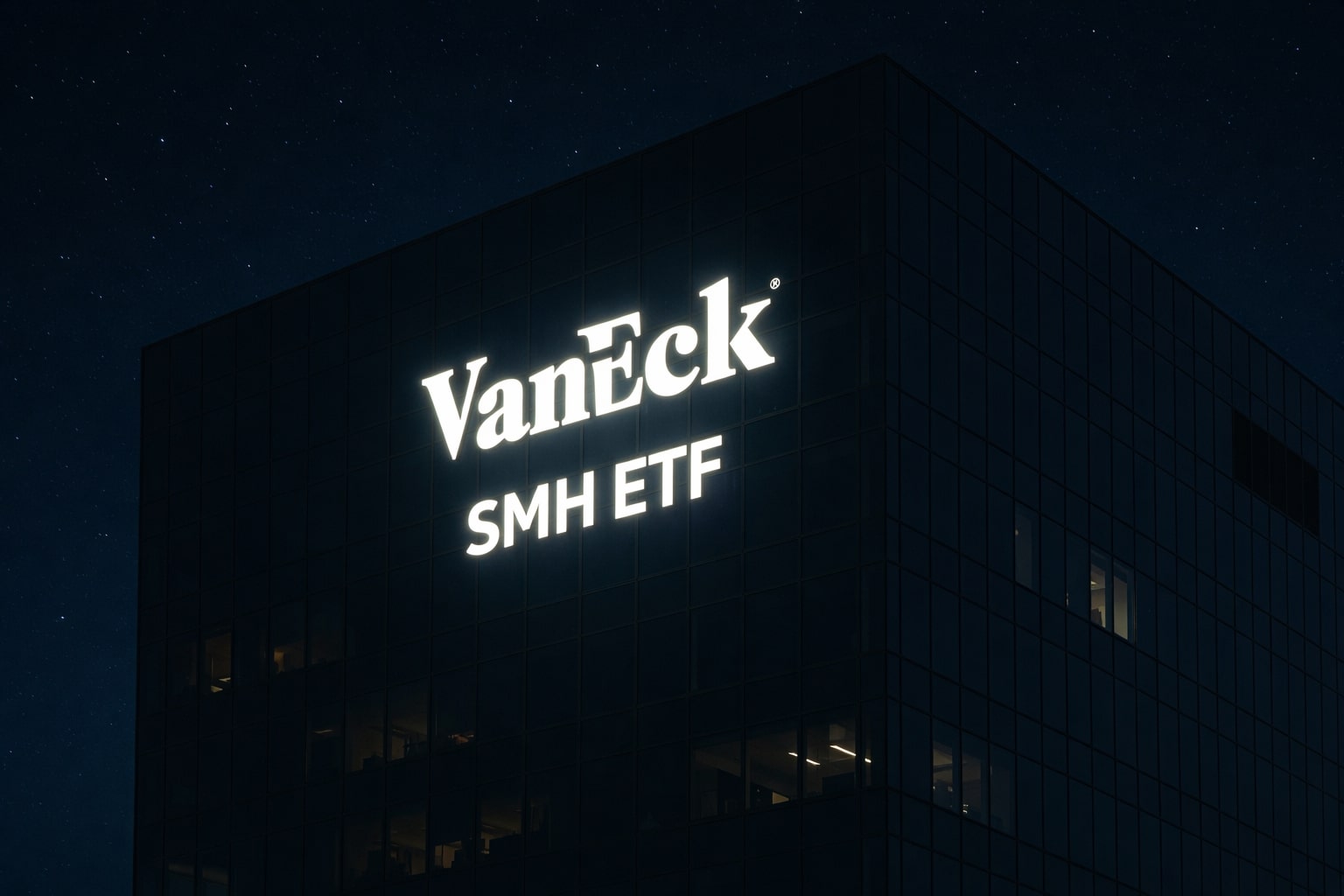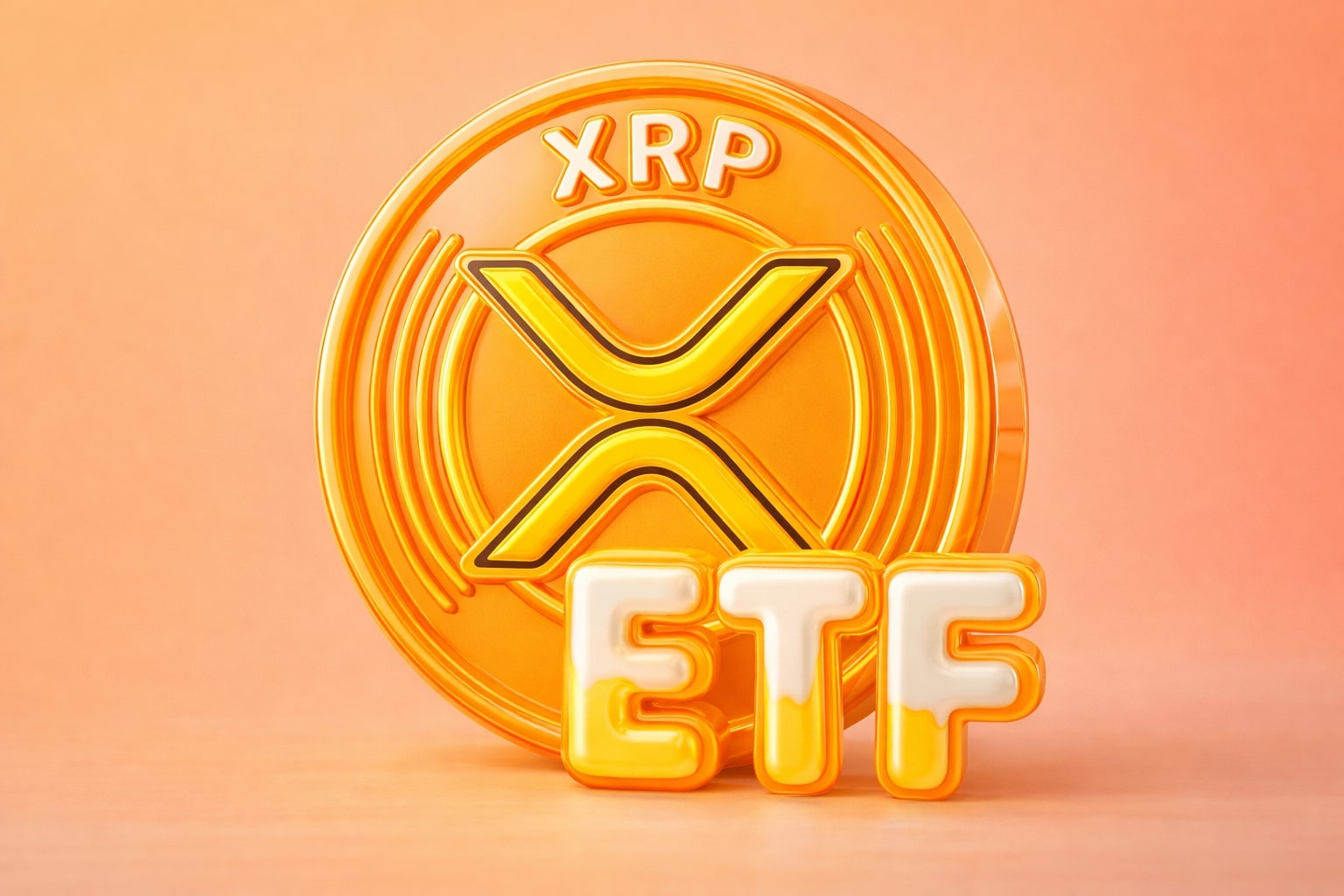
AMLP ETF: 8% Yield, Energy Infrastructure Surge, Buy Signal Ahead
The Alerian MLP ETF (NYSEARCA:AMLP) delivers 8% yield backed by Enterprise, Energy Transfer, MPLX, Plains and Western Midstream, with LNG exports and pipeline expansion driving long-term growth despite short-term sector weakness | That's TradingNEWS
NYSEARCA:AMLP ETF Dividend Power and Market Disconnect
The Alerian MLP ETF (NYSEARCA:AMLP) has recently slipped behind broader equity benchmarks, but its underlying fundamentals tell a very different story than its price chart suggests. While the ETF trades nearly 36% below its long-term highs since its 2010 debut, investors today face a very different risk-reward profile. AMLP currently yields close to 8%, supported by high-quality midstream assets with long-term fee-based contracts. Despite market skepticism, dividends have grown at a 9.7% compound annual growth rate over the last three years, a remarkable turnaround after earlier reductions in 2016. This yield is not just high—it is increasingly sustainable as the portfolio holdings continue to deliver strong cash flows and distribution growth.
Top Holdings Driving Stability in NYSEARCA:AMLP
The strength of NYSEARCA:AMLP ETF lies in its concentrated allocation to large-cap, investment-grade master limited partnerships (MLPs). Its top five positions—Enterprise Products Partners (EPD), Western Midstream Partners (WES), Plains All American Pipeline (PAA), MPLX (MPLX), and Energy Transfer (ET)—represent over 60% of the portfolio. These companies are not speculative bets but essential gatekeepers of U.S. energy logistics. Leverage ratios remain disciplined, often at or below target ranges, while distribution coverage ratios signal healthy headroom for continued payouts. Importantly, many of these MLPs are not only paying distributions but also actively repurchasing units, creating an additional layer of shareholder value. With long-dated transportation contracts, their revenue base is insulated from commodity price volatility, making AMLP an income machine even in periods of softer oil and gas prices.
Macroeconomic Tailwinds and U.S. LNG Expansion
The ETF’s long-term investment case is further strengthened by structural energy shifts. U.S. LNG exports surged 22% year over year to 12.4 million tons in early 2025, positioning the country as the world’s top supplier, with Europe absorbing nearly two-thirds of that demand. This export growth feeds directly into higher volumes transported by midstream firms in AMLP’s portfolio. Demand is not limited to exports. Domestically, natural gas use has consistently outpaced production since 2019, led by power generation and industrial demand, both of which are accelerating with the U.S. reshoring trend and the AI-driven surge in electricity consumption. Natural gas reserves in the Appalachian Basin alone stand at 147.3 trillion cubic feet, ensuring more than a decade of supply at current production rates. To move this gas south, infrastructure flows from Appalachia to the Gulf Coast are projected to expand substantially through 2050, further entrenching midstream operators as indispensable.
AMLP’s C-Corp Structure and Tax Advantage
One of the practical advantages of NYSEARCA:AMLP ETF is its C-corporation structure, which eliminates the complex K-1 tax forms that usually accompany direct MLP ownership. Instead, investors receive qualified dividends via a standard 1099 form. While this structure comes with a higher expense ratio of 0.85%, it streamlines exposure to a sector that is otherwise administratively challenging for individual investors, particularly in retirement accounts or for foreign holders facing 37% withholding on direct MLPs. For many investors, the simplicity outweighs the higher management cost, especially when balanced against AMLP’s $10.5 billion in assets under management, which provide scale and liquidity.
Dividend Growth and Performance Trends
The resilience of AMLP’s income stream has been tested, but recent performance is striking. The fund has now delivered ten consecutive quarters of positive same-store sales growth within its underlying companies, with adjusted EBIT across holdings expanding nearly 70% year over year in Q2 2025. Distributions are not only stable but trending higher, reflecting stronger cash generation. Investors collecting the 8% yield today are also positioned for continued growth, with midstream operators guiding for mid-single-digit to low-double-digit distribution increases. Given inflationary pressures, this inflation-beating payout growth makes AMLP uniquely attractive in a crowded income market. Its income strength contrasts with the S&P 500, where valuations are stretched and dividend yields remain under 2%.
Energy Infrastructure Expansion and Pricing Dynamics
The midstream ecosystem is undergoing massive expansion to handle increased flows. In 2024 alone, U.S. interstate pipeline capacity expanded by over 10 billion cubic feet per day, nearly triple the prior year’s increase. These expansions alleviate bottlenecks such as those in the Waha hub, where overproduction once drove natural gas prices negative. By connecting Appalachian production to Gulf Coast export terminals, midstream firms stand to benefit from regional arbitrage as Henry Hub pricing bifurcates from Appalachian benchmarks. This creates profitable transportation opportunities and secures AMLP’s income outlook. With nearly 200 U.S. natural gas market hubs, price spreads will continue to incentivize long-haul pipeline utilization, another tailwind for AMLP’s concentrated portfolio.
Risks and Market Disconnect
Despite these strengths, AMLP is not without risks. Its performance often trades in correlation with the broader energy sector (XLE), even though midstream cash flows are largely fee-based. Investor sentiment tied to oil prices can weigh on valuations, creating periods of disconnect like the present. Additionally, AMLP’s heavy concentration in just a handful of holdings increases exposure to capital allocation decisions. A poorly timed acquisition or costly growth project by one of its top constituents could hurt returns. However, recent discipline in capital management across the sector mitigates this concern, with companies increasingly focused on high-return projects and conservative balance sheet strategies. The pullback in AMLP therefore appears more sentiment-driven than fundamentally justified.
Final Assessment of NYSEARCA:AMLP ETF
With an 8% yield backed by investment-grade operators, disciplined capital allocation, and inflation-beating distribution growth, NYSEARCA:AMLP remains one of the most compelling income ETFs in the U.S. market. Its role in transporting record volumes of natural gas and crude oil, its structural advantages over direct MLP ownership, and its positioning at the heart of U.S. energy flows ensure relevance for decades. While market volatility and sector correlations may create temporary dips, the intrinsic cash flow strength suggests AMLP is far better positioned than its recent price weakness implies. With the S&P 500 trading at stretched multiples, the case for AMLP as a buy-the-dip opportunity is supported by numbers, dividends, and long-term fundamentals that remain firmly intact.
That's TradingNEWS
Read More
-
SMH ETF: NASDAQ:SMH Hovering at $350 With AI, NVDA and CHIPS Act Fueling the Next Move
16.12.2025 · TradingNEWS ArchiveStocks
-
XRP ETFs XRPI and XRPR: Can $1B Inflows Lift XRP-USD From $1.93 Back Toward $3.66?
16.12.2025 · TradingNEWS ArchiveCrypto
-
Natural Gas Price Forecast: NG=F Falls to $3.80–$3.94 as Warm Winter Kills $5.50 Spike
16.12.2025 · TradingNEWS ArchiveCommodities
-
USD/JPY Price Forecast - USDJPY=X Slides, BoJ 0.50% Hike, Fed Cut and NFP Set the Next Big Move
16.12.2025 · TradingNEWS ArchiveForex


















